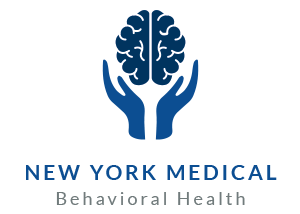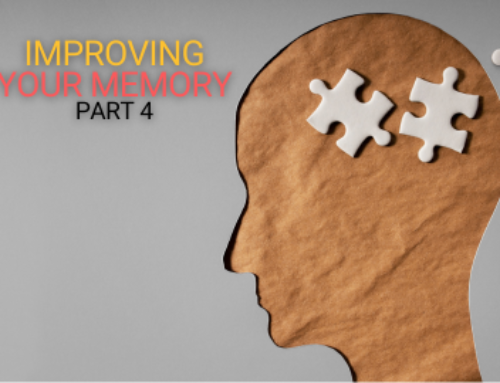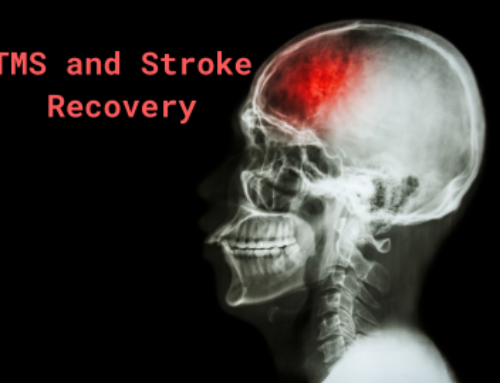Most Recent Updates to the DSM-5
The DSM-5 stands for the Diagnostic and Statistical Manual of Mental Disorders, and the 5 stands for the 5th edition. This book has served as the main reference volume on mental health conditions since its creation in 1952 and has been heavily modified since as our understanding of science progresses. It is written and published by the American Psychiatric Association (APA). Today, we want to look at the most recent set of revisions to the DSM, published last spring.
Unspecified mood disorder has been reinstated as a diagnosis after its removal from the DSM in 2013. Despite best efforts to diagnose, some mood disorders refuse to correspond to known diagnostic criteria. To avoid misdiagnosis, unspecified mood disorder will be used again.
The APA has updated the DSM with language that acknowledges systemic racism in medicine, especially in diagnostic procedures. The updates have been made with the help of cultural experts and people working in for inclusion and equity for people of color, or POC.
Self-harm without suicidal intentions is now a diagnosis in the DSM-5. Not everyone who self-harms wants to end their life, so tying it to suicidality can result in errors in treatment. Greater importance is now placed on the focus of the self-harming intent.
Gender inclusive language is part of the most recent round of updates to the DSM. The direction of the updates is to acknowledge that some things are not a choice and what the pursuit of well-being is. Terms like “cross-sex medical procedure” have been updated to “gender-affirming medical procedure.”
Prolonged grief is now a diagnosis. Data from studies show that approximately 1 in 10 adults experience prolonged grief; exacerbated by the thousands of deaths from the COVID-19 pandemic.
For more information on our services, click here, and contact us on our website or call (585) 442-6960





